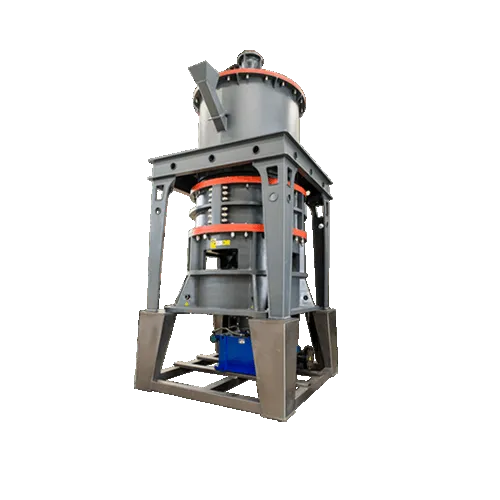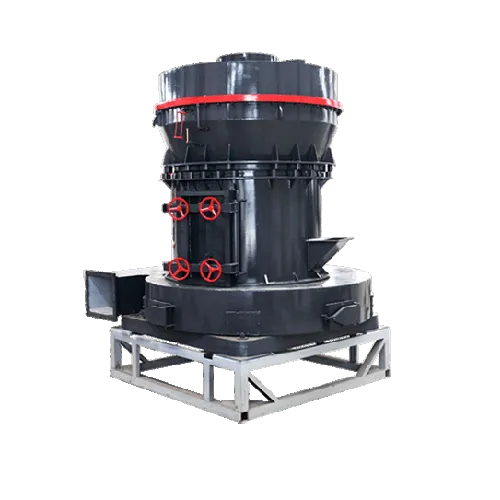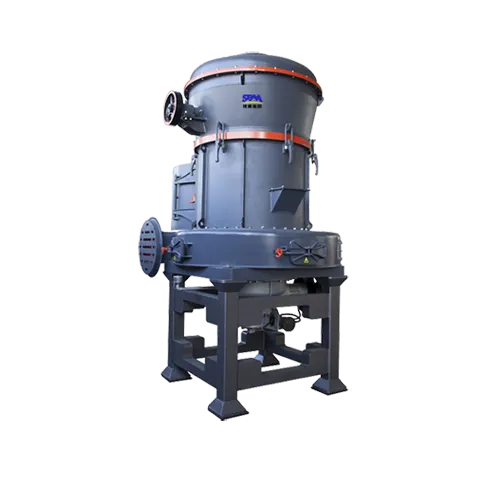Summary:"Carbon (C)" is a very common element. It is extremely abundant in the earth's crust, so it has been recognized and used by people for a long time, and has
"Carbon (C)" is a very common element. It is extremely abundant in the earth's crust, so it has been recognized and used by people for a long time, and has a wide range of applications. For example, the negative electrode material of batteries has long been based on carbon materials Mainly, it is still the focus of people's development and research until today.
Graphite carbon materials are mainly divided into three categories: 1. Natural graphite; 2. Modified graphite; 3. Artificial graphite.
1. Natural graphite
Natural graphite is mainly a carbon material with a carbon content of more than 99% after corresponding treatment of graphite in nature. Natural graphite can be divided into flake graphite and earthy graphite. The negative electrode material is usually flake graphite, which has large reserves, low cost, low potential and stable curve. It can reach 340~370mAh•g-1, which is one of the most mainstream lithium-ion battery anode materials.
Flake Graphite
However, the regular layered structure of natural graphite leads to its high anisotropy, which will lead to slow intercalation of lithium ions and insufficient contact between graphite particles and current collectors. This is also the main reason for the low rate performance of natural graphite. Mechanical grinding treatment to increase the isotropy of natural graphite. Incompatibility with propylene carbonate (PC)-based electrolytes with good low-temperature performance is also the main disadvantage of natural graphite, which is usually modified by adding additives to the electrolyte and coating the graphite surface.
2. Modified graphite
Modified graphite refers to the use of some physical or chemical methods to treat natural graphite to change its surface structure and morphology accordingly so that the material has better cycle performance and higher specific capacity. The main methods are as follows:
Oxidation And Halogenation Treatment
Oxidation treatment and halogenation treatment can improve the interfacial chemical properties of graphite anode materials. For example, Choi et al. oxidized the pre-lithiated graphite to form a thin and stable passivation layer (Li2CO3) on the surface. This passivation layer can eliminate the formation of unstable SEI layer and reduce the loss of irreversible capacity.
Surface Coating
During the charge and discharge process of graphite anode materials, the co-intercalation of solvent molecules will cause graphite volume expansion and structure collapse, resulting in a decrease in its cycle stability. Based on this, carbon material coating, metal material coating and inorganic compound coating are often used to improve the performance of graphite.
3. Artificial graphite
Artificial graphite is made from anthracite, coke or petroleum coke, with coal tar and pitch added in a certain proportion, extruded, and then calcined at high temperature in isolation from the air. Among them, coal-based needle coke, petroleum-based needle coke and petroleum coke are the most widely used. Petroleum coke is a combustible solid product obtained by coking petroleum residue and petroleum pitch. It is the main raw material of artificial graphite. It is divided into green coke and calcined coke according to its heat treatment temperature; High-quality coke, which has good electrical and thermal conductivity in the direction parallel to the long axis of the particle, has the advantages of small thermal expansion coefficient and is easy to graphitize; pitch is one of the main products of coal tar deep processing, and is used as a binder and in the graphite production process. impregnating agent used.
Artificial Graphite
Compared with natural graphite, artificial graphite has a stronger lithium storage capacity, but its production cost is relatively high. As far as the current market is concerned, needle coke is used as raw material for high-end negative electrodes, cheap petroleum coke is used as raw material for low-end negative electrodes, and asphalt is used as a binder to bond different particles together.
Read More About



